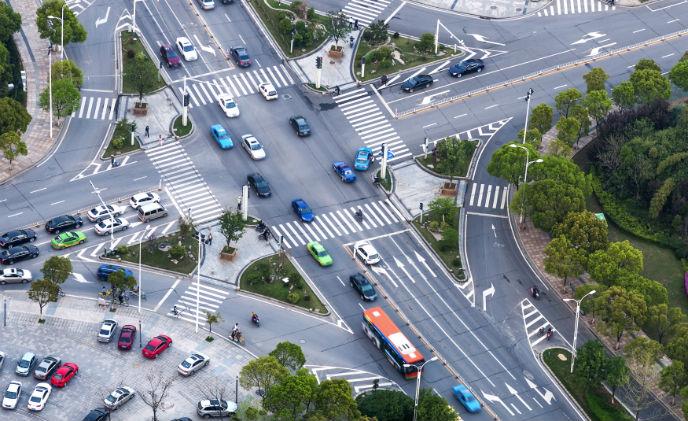
Automatic License Plate Recognition (ALPR) has undergone a major evolution in recent years. Among the most significant changes the technology has seen has been a migration from closed hardware-dependent solutions to software-only systems with open platforms that allow for easy integration with existing surveillance cameras and other third-party security products. These new solutions also boast extremely advanced new capabilities in Artificial Intelligence (AI) and machine learning for more comprehensive and accurate data gathering and analysis. This new approach necessitates a new philosophy of best practices for ALPR usage. Following are some of the most crucial points in this new philosophy that must be considered as ALPR, and surveillance technology in general, move into a new future.
Fixed vs. Mobile
For most of its existence, ALPR has been primarily a mobile technology, consisting of cameras mounted on the exterior of patrol vehicles connected to a processing box and in turn to a laptop computer. Despite advances that have moved ALPR away from this configuration, there is still a tendency among many in the security industry to perceive it this way. While mobile ALPR is a useful tool up to a point, it has several significant drawbacks.
First and foremost, mobile ALPR has a limited coverage area. Put simply, the technology can only capture vehicles that happen to be near the patrol car. The cost of most mobile ALPR solutions is such that the vast majority of law enforcement agencies can only afford one or two systems at most. These two factors greatly reduce the chances that a given person of interest will be spotted by ALPR.
Second, mobile ALPR can place an inordinate burden on patrol officers, who are already busy and required to be focused at all times, by requiring them to learn and operate new technology. Any benefits that officers may gain from it may therefore be outweighed by undesirable distractions that could potentially put their safety at risk.
During the past several years, cities across the United States have been adopting citywide surveillance systems consisting of networks of fixed-location cameras deployed at strategic intersections and other points of interest. These systems often serve as the cornerstone of centralized Real Time Crime Centers (RTCC) that constantly analyze incoming data to provide actionable intelligence to law enforcement. ALPR would seem a natural fit for such a system, but it has often not been practical until now due to the cost of the hardware involved and the time and complexity required for its deployment.
The rise of flexible, software-only ALPR solutions that work with existing security cameras, are easy to deploy, and are cost-effective has changed that paradigm. With such technology available, cities can quickly and affordably integrate ALPR capabilities into their citywide surveillance networks without having to “rip and replace” hardware. This enables ALPR to be deployed on any camera or group of cameras the authorities may designate, providing constant 24/7 coverage, not limited by the location of patrol vehicles. Additionally, cameras in the system can perform multiple functions, continuing to monitor and record at the same time they perform ALPR.
With a simple viewer application installed on their car laptops, patrol officers can now receive real-time feeds of vehicle capture data from anywhere in their jurisdiction without having to learn a new system. In addition to the safety benefits officers can realize from such a solution, it also becomes far easier for authorities to coordinate searches for persons of interest from a central location.
Best practices, therefore, favor fixed-location ALPR solutions over mobile.Data Storage and Sharing
There has been a great deal of controversy in recent years over ALPR’s ability to store large amounts of vehicle capture data. The concern, as voiced by organizations such as the ACLU and others, is that this capacity gives law enforcement an inordinate ability to track the movements of innocent motorists over a period of weeks, months, or even years, thereby violating their privacy. This argument is reinforced when one considers that some organizations not officially affiliated with law enforcement have established central ALPR databases capable of holding many billions of captures.
While it can be argued that law enforcement has neither the time nor the personnel to track motorists unless they are already criminal suspects, it is nonetheless important at least to consider the potential for misuse that such centralized data storage presents. This is especially true when the data is in the hands of non-law-enforcement organizations. The remedy usually proposed by civil rights advocates involves legislation at the local, state, and federal levels regulating how long vehicle capture data may be stored and under what conditions it may be kept longer than the regulated time and/or shared among various law enforcement agencies.